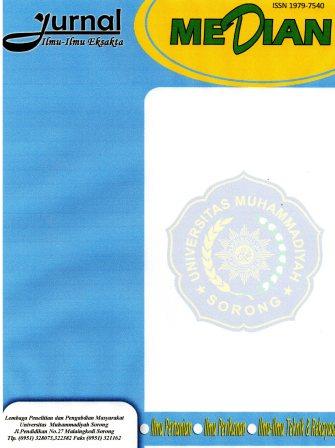Phenology of Cinnamomum cullilawan
DOI:
https://doi.org/10.33506/md.v14i1.1667Keywords:
Cinnamomum cullilawan, fenology, flowering, initiationAbstract
Abstract Cinnamomum cullilawan is one type of forest plants that is included in the type of aromatic plants. The purpose of this study was to determine the flowering development process as a basic information for the development and the breeding of this plant. The method used in this research was a descriptive method. The results of the observations indicated that the process of flowering C. cullilawan can be grouped into three major parts: the stage of initiation, budding and flowering, where each stage requires different formation times. At the initiation stage, since the emergence of generative shoots on the armpit until the formation of panicles takes two months. Furthermore, the stage of the appearance of buds at the ends of panicles and the formation of reproduction of flowers required two months period. After that the flowers will break slightly and then the petals will turn black and fall in the second week, after the flower process has blossomed.
References
Griffin, A.R., dan Sedgley, M. 1989. Sexual Reproduction of Tree Crops. Academic Press Inc. Harcourt Brace Jovanovich Publisher. San Diego, USA.
Heyne, K. 1987. Tumbuhan Berguna Indonesia. Jilid I dan II. Terj. Badan Libang Kehutanan. Cetakan I. Koperasi karyawan Departemen Kehutanan Jakarta Pusat.
Jamsari, Yaswendri, Musliar Kasim. 2007. Fenolologi Perkembangan bunga dan buah species Uncaria gambir. Biodiversitas Vol. 8. No.2 hal 141-148. ISSN: 1412-033X.
Kumar, M., V. Ponnuswami V, J.P. Kumar and S. Saraswathy. 2014. Influence of season affecting flowering and physiological parameters in mango. Academic Journals Vol. 9(1): 1-6.
Mundoni D, Siburian R. 2019. Profil Pertumbuhan Baringtonia asiatica pada Teluk
Wosidori Kabupaten Manokwari. Median Journal 11(3): 19-23.
Owen-Smith, N., & Ogutu, J.O. (2013). Controls over reproductive phenology among ungulates: allometry and tropical-temperate contrasts. Ecography, 36(3):256-263.
Sandip, M., A.N. Makwana, A.V. Barad, and B.D. Nawade. 2015. Physiology of flowering-the case of mango. International Journal of Applied Research 1(11): 1008-1012
Sein,C.C dan Mitlöhner, R. 2011. Cinnamomum parthenoxylon (Jack) Meisn. Ecology and silviculture in Vietnam. CIFOR, Bogor, Indonesia.
Siburian, RH, Siregar U, Siregar I, Santoso, E. 2019. The Genotype Of Aquilaria
Microcarpa Interacting With Fusarium Sp Based On Microsatellite Marker. Asian
Journal of Microbi0logy, Biotech. Environment Science. Vol. 21. (2) (363-368
Siburian R H, Trirbo M, Angrianto R. 2020. Growing Site Characteristics of Agathis labillardieri Warb in the Natural Forests of Siwi Momiwaren, West Papua. Jurnal Sylva Lestari. 8 (3).
Siburian R, Tampang A, Murdjoko A, Djitmau D. 2020. Characteristics of Growing sites Anisoptera thurifera in South Manokwari West Papua. Ecology Environtmen and Conservation 26(3): 1048-1053
Syamsuwida, D. (2012). Aspek biologi dan genetik pada sistem reproduksi mindi (Melia azedarach Linn.). Tidak diterbitkan. [Disertasi Doktor] Sekolah Pascasarjana. Institut Pertanian Bogor.
Wabia, E., Siburian H. S. 2019. Profil Tempat Tumbuh Sarang Semut (Myrmecodia
spp.) Di Distrik Manokwari Selatan Papua Barat. Hal 91-94 DOI: 10.20527/
es.v15i1.6328
Downloads
Published
How to Cite
Issue
Section
License
Authors who publish with this journal agree to the following terms:
Authors retain copyright and grant the journal right of first publication with the work simultaneously licensed under a Creative Commons Attribution-ShareAlike (CC BY-SA)Â that allows others to share the work with an acknowledgement of the work's authorship and initial publication in this journal.
Authors are able to enter into separate, additional contractual arrangements for the non-exclusive distribution of the journal's published version of the work (e.g., post it to an institutional repository or publish it in a book), with an acknowledgement of its initial publication in this journal.
Authors are permitted and encouraged to post their work online (e.g., in institutional repositories or on their website) prior to and during the submission process, as it can lead to productive exchanges, as well as earlier and greater citation of published work.





